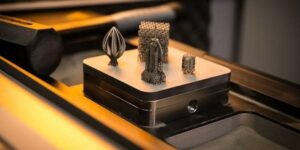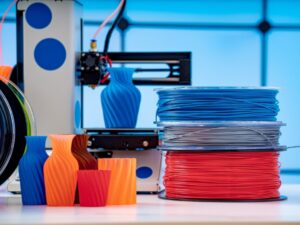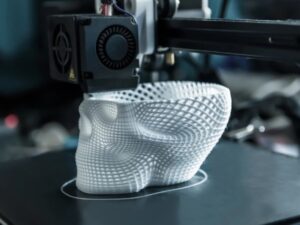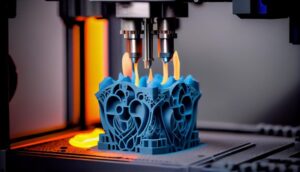In the era of digitalization and rapid technological advancement, 3D modeling has become an indispensable tool across various fields from design and architecture to video games and healthcare. With the ability to vividly and accurately recreate three-dimensional visuals, 3D models not only support the creative process but also enhance production efficiency and user experience. Let’s explore the outstanding applications and immense growth potential of this highly versatile technology.
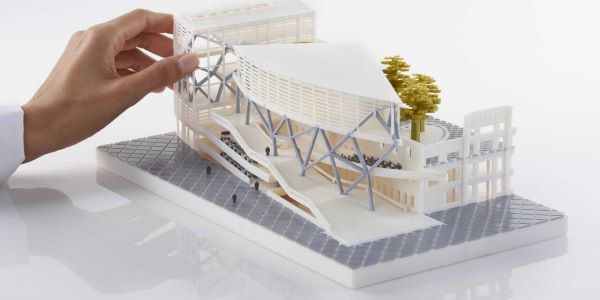
Nội dung
What is 3D modeling?
3D modeling is the process of creating a three-dimensional representation of an object or surface, allowing its shape to be accurately represented in three-dimensional space. These models are generated using specialized software, which we will explore in more detail in the next section.
During this process, the designer has full control over the size, shape, and texture of the object. The modeling is carried out by manipulating points, lines, and polygons to form realistic 3D structures directly within the software environment.
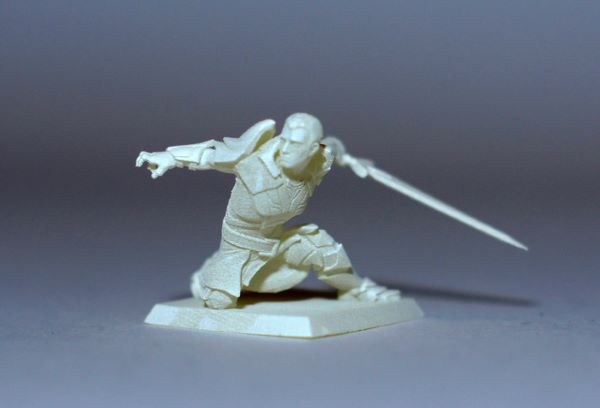
How does 3D modeling work?
Given the complexity of 3D modeling, the most effective approach is to start with basic elements and gradually progress toward more advanced concepts. When beginning to learn 3D modeling, you typically start by creating primitive shapes such as planes, spheres, or cubes.
From there, the shape is refined by adding and adjusting vertices using specialized modeling tools, helping to define the contours of the object. The initial mesh is divided into polygons and further subdivided into smaller elements to increase the model’s detail and accuracy.
Various techniques support this process. For example, symmetry allows users to work on only one half or a quarter of the model, with the rest being automatically mirrored. Subdivision increases the resolution of the mesh while maintaining the original structure, making it easier to experiment and refine.
Additionally, quick deformation tools such as the displace modifier are used to create organic surface effects by applying noise textures to the mesh. However, a model isn’t considered complete until it is painted and mapped with texture maps, which add visual depth and bring the object to life.
Even at its current level of sophistication, the world of 3D modeling continues to evolve, constantly introducing new technologies and techniques to create models that are ever more realistic and complex.
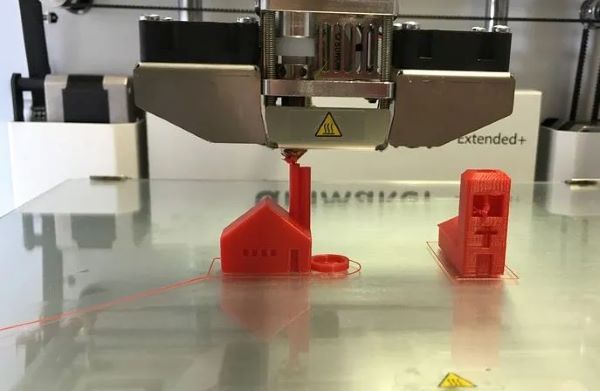
What is 3D modeling commonly used for?
3D modeling is widely applied across various industries. In fact, we encounter products that utilize 3D modeling in our daily lives often without even realizing it. As a versatile tool, it unlocks countless creative opportunities in many fields. Below are some of the most common applications of 3D modeling:
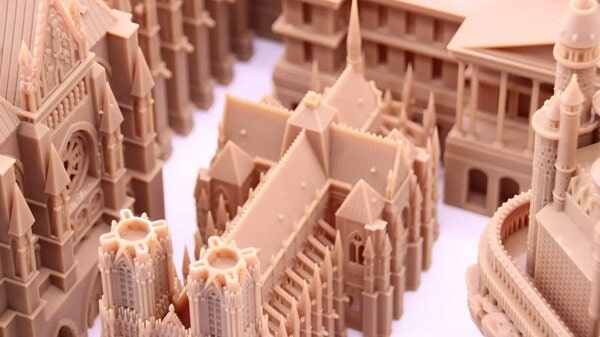
Game Development
One of the most common applications of 3D modeling is in game development. Characters, environments, objects, and entire game worlds are built using 3D models. Especially in virtual reality (VR), 3D modeling plays a crucial role in creating immersive and realistic experiences.
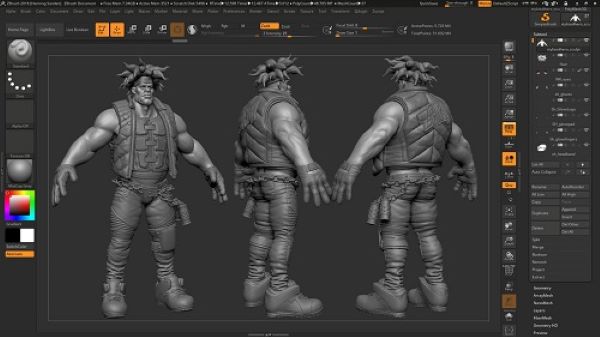
3D Printing
3D printing would not be possible without 3D modeling. This technology enables the transformation of digital designs into physical objects, serving a wide range of purposes from manufacturing technical components to producing personal items. Notably, in the medical field, 3D printing is groundbreaking, enabling the creation of prosthetics, customized implants, and highly accurate anatomical models for surgical planning.
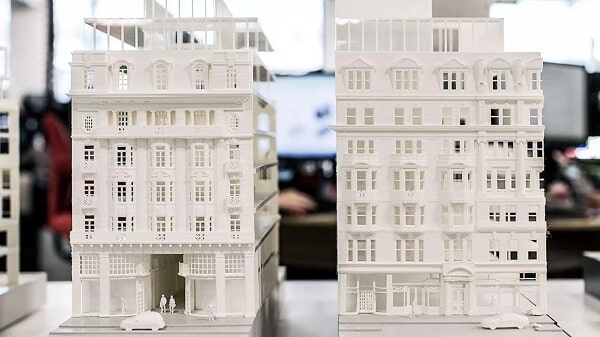
Architecture
In architecture, 3D modeling allows architects to visualize structures from multiple perspectives before actual construction begins. It not only helps communicate ideas more effectively to clients and investors but also aids in identifying design issues that traditional 2D drawings may overlook. This makes 3D modeling an essential tool in modern architectural design.
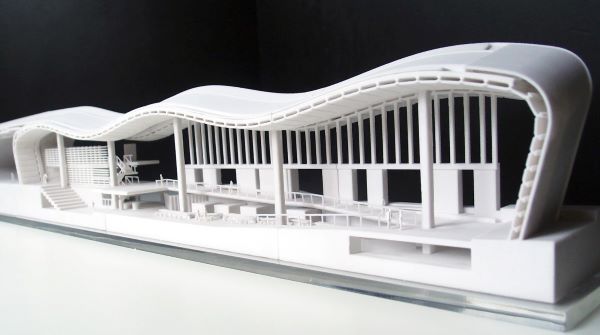
Animation and Film
3D modeling serves as the foundation of modern animation. Characters, environments, and visual effects in animated films or cinematic productions are all created using this technology. Beyond delivering vivid imagery, 3D modeling also supports the creation of special effects in action and science fiction movies.
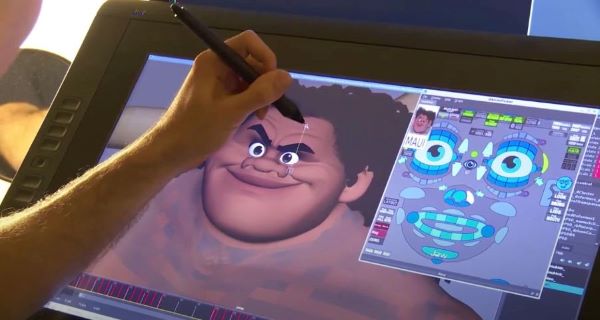
Product Design
Before a product is manufactured, designers often create a 3D model to evaluate its shape, size, functionality, and compatibility with other products. This process helps identify design flaws early, reduce costs, and avoid material waste. Additionally, 3D models allow designers to present their ideas more effectively to investors through visual representations and 360-degree views.
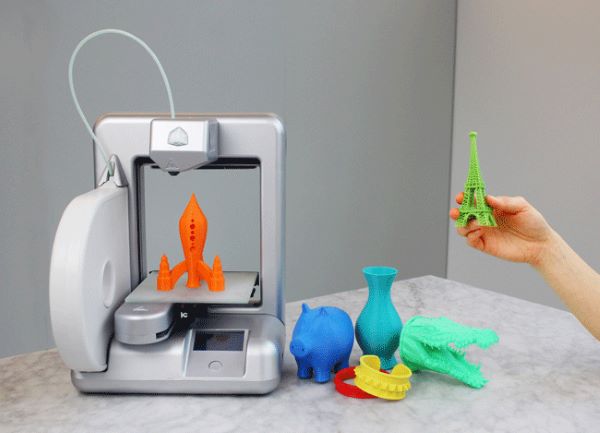
From video games, architecture, and healthcare to product design, 3D modeling is proving its vital role in bringing ideas to life and optimizing the creative process. More than just a visualization tool, 3D modeling paves the way for innovation in both technology and product development. In the future, as technology continues to evolve, 3D modeling is set to further solidify its position across all areas of life and production. If you’re looking for a flexible, fast, and cost-effective 3D printing solution, 3Dmanufacturer (3Dm) is your ideal partner. As the first and only automated 3D printing platform in Vietnam, 3Dm offers professional 3D printing services with a wide range of materials and technologies helping you turn your ideas into reality with ease and efficiency. Contact us today to explore the most optimized 3D printing solutions for your needs!


